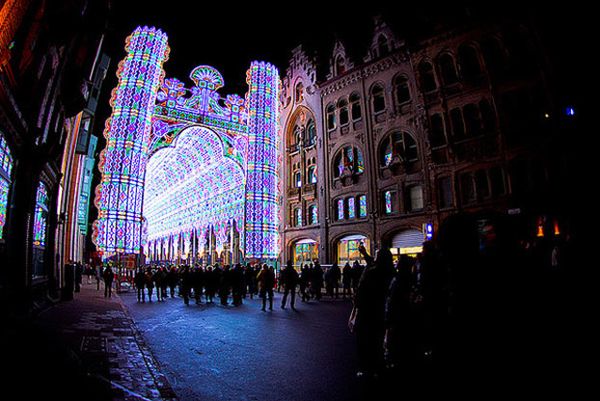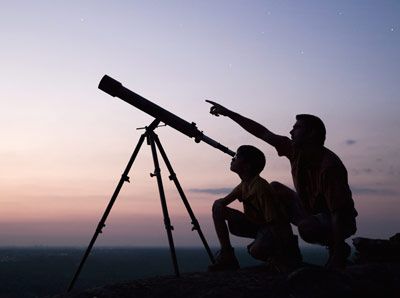The conventional modern mirror is usually nothing more than a sheet of glass attached to a thin layer of metallic backing. It seems as if mirrors have been around forever in some form or another, but mirrors as we know them today haven't been around that long. As early as a thousand years ago, mirrors were still polished discs of plain metal that cost more than most people of that era could afford: A peasant who wanted to see his or her reflection had to go look in a pond like everyone else -- and had to stand in line to do it. Full-length mirrors are an even more recent invention. They're only about 400 years old.
You'd think that four centuries would give people time to adjust to looking at themselves, but you'd have another thing coming. In a 2005 study at the University of Liverpool, a group of researchers asked subjects to predict when their reflection would appear as they walked past a mirror. Their answers were embarrassingly off. The same poor results came back when people were asked to judge the size of their heads in the mirror [source: Martin].
Advertisement
The results of the Liverpool study suggest that humans simply aren't intuitively equipped to deal with reflections, yet mirrors resonate deeply in the human psyche. They represent truth and illusion at the same time. They show us ourselves as we are -- yet not quite -- and we see a new world to explore behind the mirror that we can't access. Perhaps these disorienting paradoxes are what make mirrors so central to both magic and science.
In this article we'll explore the history, physics and superstitions behind one of humanity's more uncanny inventions.


